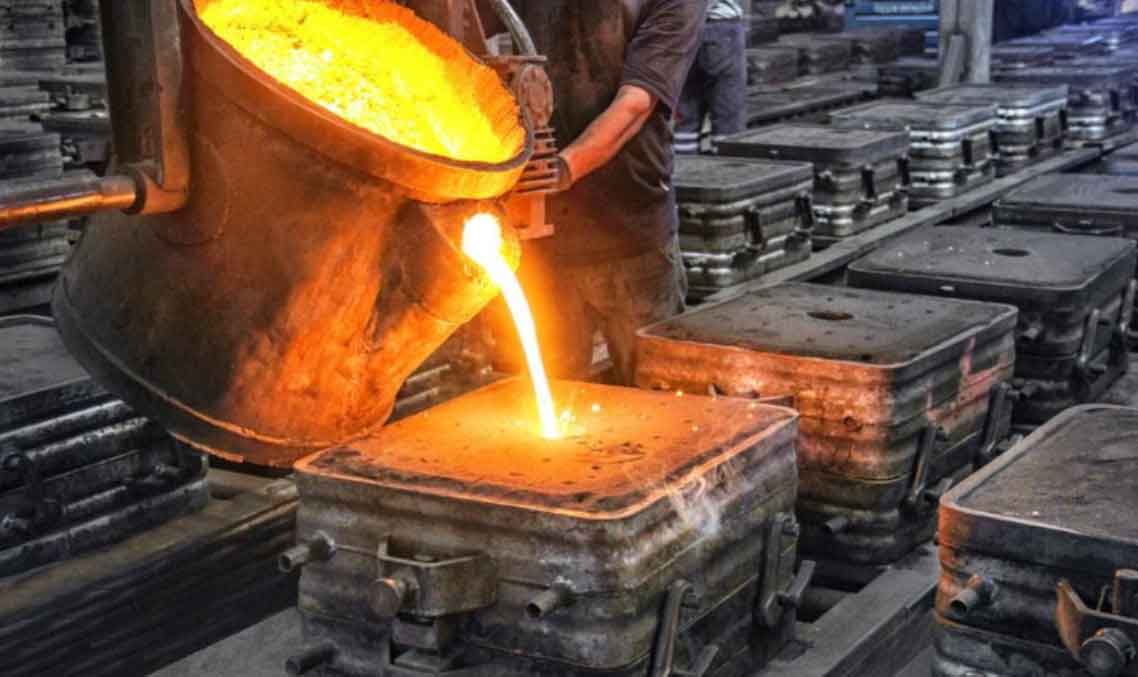
Quality control is a critical aspect of sand casting manufacturing to ensure flawless castings that meet customer requirements and industry standards. Effective quality control practices help identify and rectify defects, reduce scrap rates, and enhance the overall reliability of cast components. Here are key elements of quality control in sand casting manufacturing:
1. Design Review and Verification:
- Conducting a thorough design review ensures that the casting design is suitable for sand casting and meets all functional and performance requirements. Verification may include computer-aided design (CAD) analysis and simulation to predict potential issues and optimize the design.
2. Raw Material Inspection:
- Incoming raw materials, including sand, additives, and metal alloys, should be inspected for quality and conformity to specifications. Material testing ensures that the casting process starts with the right materials.
3. Mold and Pattern Inspection:
- Inspection of molds and patterns is essential to verify their accuracy, dimensions, and surface finish. This step ensures that the molds create precise and defect-free castings.
4. Gating and Riser System Design Analysis:
- Quality control involves analyzing gating and riser systems using simulation software to ensure proper filling and solidification of the mold, preventing defects like shrinkage and porosity.
5. Process Parameter Control:
- Maintaining control over process parameters such as pouring temperature, pouring rate, and mold temperature is critical to achieve consistent casting quality.
6. In-Process Inspection:
- Regular in-process inspection during casting production identifies potential issues early, allowing for timely corrective actions and minimizing the production of defective castings.
7. Non-Destructive Testing (NDT):
- NDT techniques like visual inspection, ultrasonic testing, radiography, magnetic particle inspection, and dye penetrant testing are used to detect internal and surface defects in castings without damaging the parts.
8. Dimensional Inspection:
- Dimensional inspection ensures that the cast components meet specified tolerances and dimensional requirements. Coordinate measuring machines (CMMs) and other metrology tools are used for accurate measurement.
9. Post-Casting Finishing Inspection:
- Inspection after post-casting finishing processes ensures that the final surface finish, machining, and heat treatment meet the required standards.
10. Quality Documentation and Traceability:
- Thorough documentation of quality control data and traceability of materials and processes help in identifying the source of defects and ensure compliance with industry standards.
11. Continuous Improvement and Corrective Action:
- Quality control in sand casting manufacturing involves implementing a continuous improvement process, using data-driven insights to identify areas of improvement and taking corrective actions to prevent recurring defects.
By implementing robust quality control measures throughout the sand casting process, manufacturers can produce flawless castings that meet or exceed customer expectations and industry standards, resulting in higher customer satisfaction and improved competitiveness in the market.
